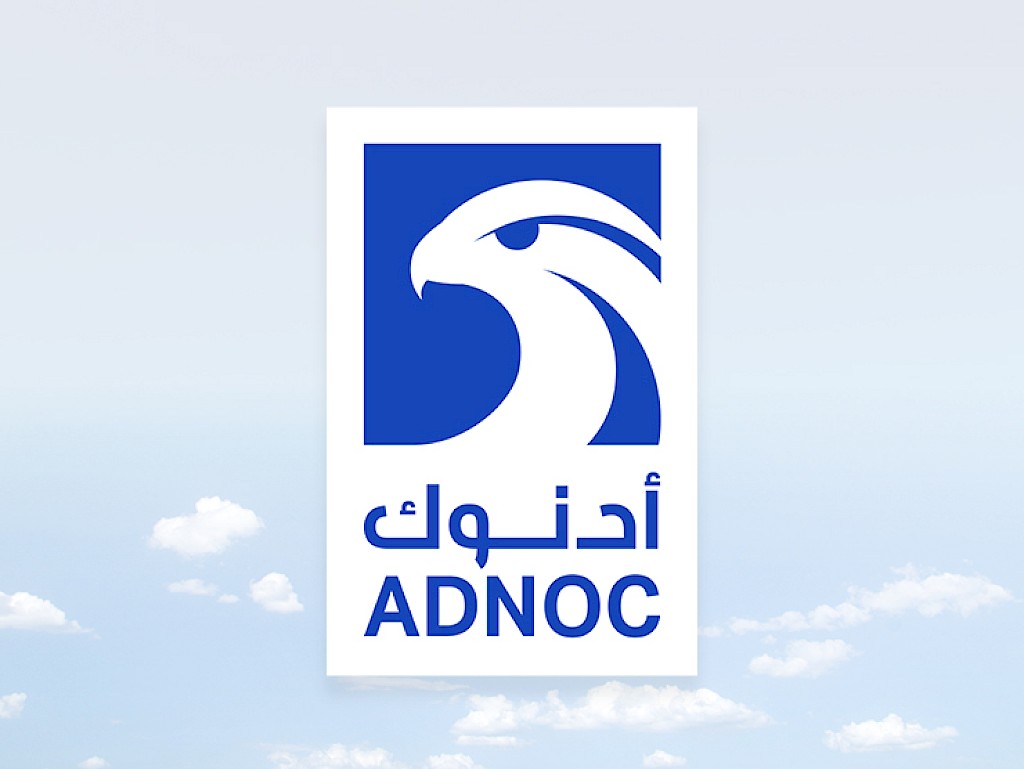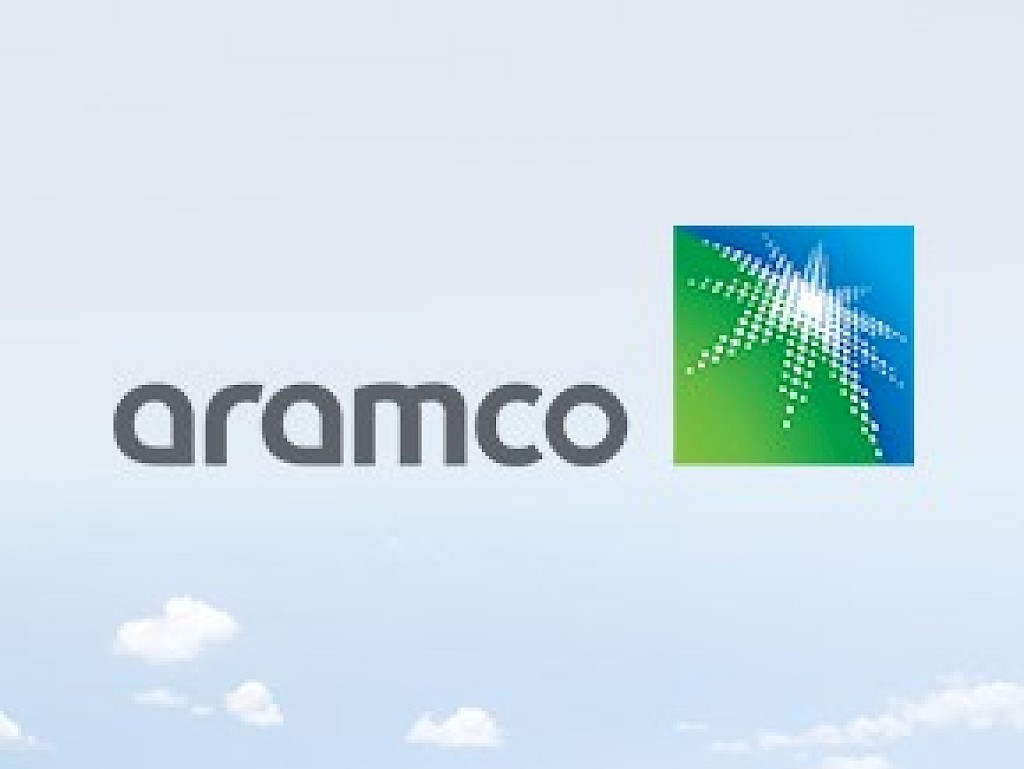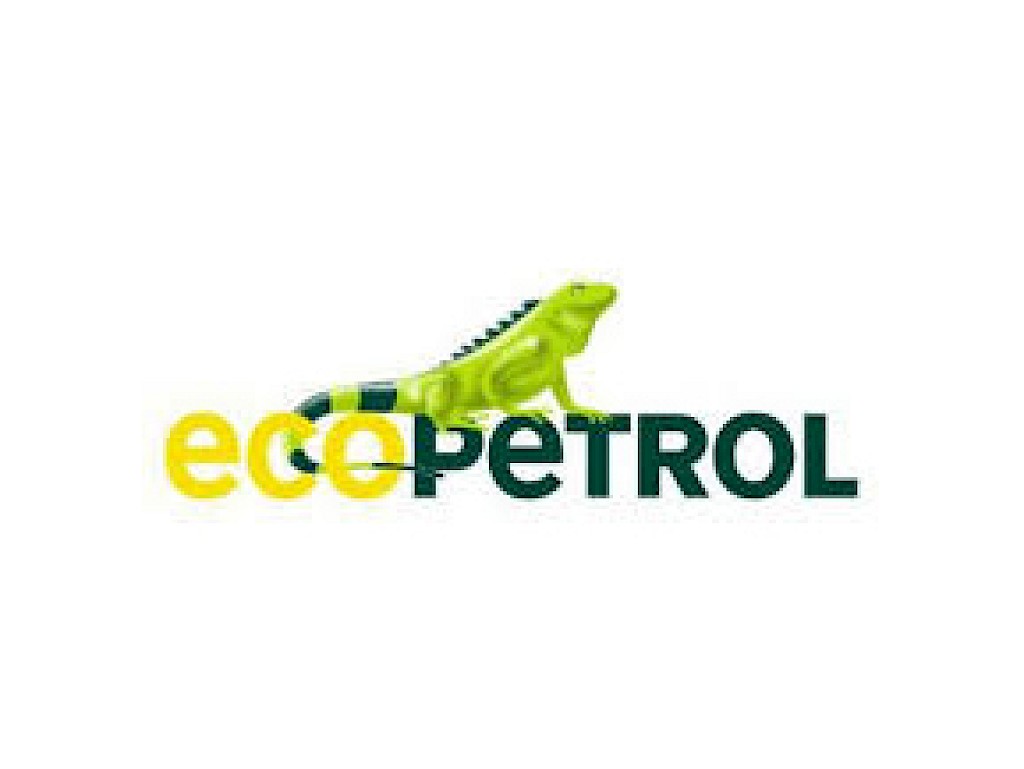Ipieca members from around the globe launch strategies to reach net-zero emissions.
In October, US exploration and production company ConocoPhillips announced its net-zero ambitions, with a Paris Agreement-aligned framework to reduce its Scope 1 and 2 greenhouse gas emissions by as much as 45% by 2030, and plans to reach net-zero emissions between 2045 and 2055.
In addition to its Scope 1 and 2 targets, which cover emissions from its operations and the power it uses as a company, respectively, ConocoPhillips' strategy includes endorsing the World Bank Zero Routine Flaring by 2030 initiative - with aims to meet that goal by 2025 - as well as adding methane monitoring devices to its operations.
ConocoPhillips' announcement was followed by one from Equinor at the beginning of November. The Norwegian energy company plans to reach net-zero emissions by 2050, with its ambitions including emissions from its production and operations as well as the final use of the energy it produces, covering Scope 1,2 and 3 emissions.
To achieve its target, Equinor will reduce emissions from its own production, accelerate its growth in the renewables sector and develop markets for hydrogen, and carbon capture and storage.
Also at the beginning of November, the Malaysian state-owned PETRONAS reported that it too plans to become a net-zero emitter of greenhouse gases by 2050.
The world's fourth-largest exporter of liquefied natural gas said it will intensify its efforts toward reducing Scope 1 and 2 greenhouse gas emissions by mid-century, while also significantly increasing its investment in renewables.
On 10 November, Houston-based Occidental announced a target to reach net-zero emissions from its own operations and from customers' use of its products.
The company, one of the leading Permian Basin developers, aims to reach net-zero emissions from its own operations and production by 2040, with an ambition to hit net-zero emissions associated with the use of its products by 2050. To achieve its aims, Occidental plans to build the world's largest direct-air-capture plant in the Permian region. The facility will pull CO2 from the air and concentrate it to be either stored underground or used to help the flow of crude oil from its wells.
Towards the end of November Germany's Wintershall Dea set a target of reaching net-zero emissions from its upstream operations by 2030.
In addition to reaching net-zero emissions from the production of oil and gas, and the energy it uses in that production by 2030, the firm also aims to reduce the methane intensity of its gas production to 0.1% by 2025, compared with the current industry average of 0.3% as measured by the Oil and Gas Climate Initiative (OGCI 2018 Annual Report).
The independent oil and gas company will invest €400 million in energy efficiency, strict emissions management, technology development, portfolio optimisation and nature-based mitigation solutions over the next 10 years.
Ipieca and its members are committed to achieving the aims of the Paris Agreement. We work together to develop and share tools which support the industry to reduce emissions from their operations and products, and contribute to low-emissions pathways.
Related Ipieca guidance
- The Paris Puzzle: The pathway to a low-emissions future
- Exploring low-emissions pathways: Advancing the Paris Puzzle
- Ipieca Climate change reporting framework
- Exploring methane emissions
- Methane glossary
- Exploring low-emissions pathways for transport
- Estimating petroleum industry value chain (Scope 3) greenhouse gas emissions: Overview of methodologies



